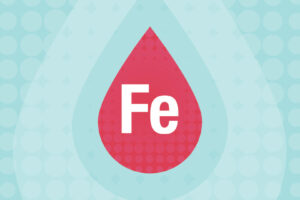Palliative medicine is a medical specialty designed to help patients manage symptoms and side effects of serious illness and also attend to patients’ emotional, social and spiritual needs, as well. But many patients and their families are hesitant to seek palliative care services because it is often confused with hospice. While both palliative and hospice care focus on patient comfort, there are distinct differences. Vikranta Sharma, MD, a hospice and palliative medicine specialist, explains the differences between each type of care and answers some commonly asked questions.
What’s the difference between palliative and hospice care?
The biggest difference between palliative and hospice care is the intent of treatment. Hospice care is provided to patients with terminal, incurable illnesses who no longer seek treatment. In contrast, palliative care is often part of the care plan for patients receiving treatment for chronic or acute—but still curable—conditions. In short, while all hospice is palliative care, not all palliative care is hospice.
In both cases, care is provided by an interdisciplinary team that includes physicians, nurse practitioners, nurses, social workers, and chaplains. The team works with the patient’s specialists to coordinate care.
What is palliative care?
Palliative care is the aggressive management of symptoms and treatment side effects experienced by people with serious illnesses. Care centers around managing pain and other symptoms holistically by attending to patients’ physical, emotional, social and spiritual needs.
When should a patient seek palliative care?
Palliative care is recommended for those struggling to perform three or more activities of daily living. These activities include bathing or showering, eating, dressing, getting in and out of a bed or chair, walking, and using the toilet. Palliative care specialists support patients and their families and help them make informed decisions about the next phase of care.
If treatment is ineffective, a patient’s care plan may shift from “cure” to “comfort.” That’s when hospice may be appropriate.
What is hospice?
Hospice helps people who are terminally ill live comfortably with support from family members or other caregivers. It is most often provided in the patient’s home but can also be provided in hospitals, nursing homes, or assisted living facilities. Providers are specially trained to recognize the signs and symptoms of the end of life.
What happens after you start hospice care?
Upon admission to hospice, a nurse will visit the patient, take their medical history, perform a physical examination, and review medications. The medical director will determine which medicines should be discontinued. Medical equipment, such as a hospital bed, bedside table, commode, wheelchair, and oxygen, will be delivered to the home as needed.
While receiving hospice care, patients will typically be visited by home health aides one to two hours a day, five days a week. A hospice nurse and doctor is on call 24/7. In general, treatment doesn’t include IV antibiotics or IV fluids. However, oral antibiotics and comfort feeds are always continued. Morphine is only used if necessary to keep patients comfortable. Care providers work with patients and their families to anticipate symptoms and plan ahead. If a patient is actively dying and symptoms can’t be managed well at home, the patient may be admitted to the hospital.





